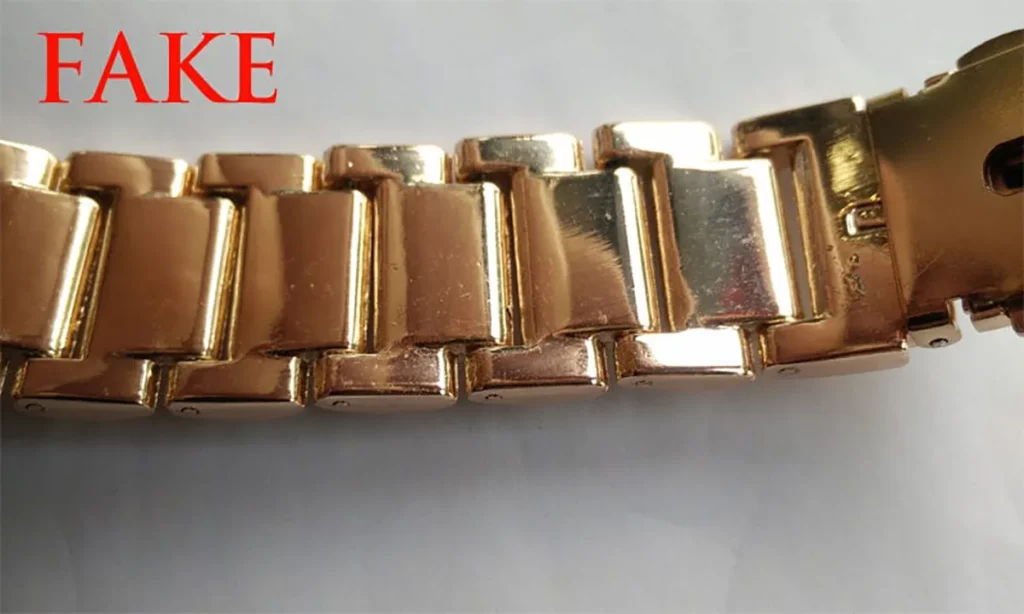Given how much travelling networkers do, we would not be surprised if many or most of you have been approached on one of your trips by a guy on the street offering to sell you a “Rolex” for $100!
Fake watches are big business. While about 30 million real Swiss watches are produced annually, the Federation of the Swiss Watch Industry (FH) estimates that 1-2 million fake timepieces are seized and destroyed every year.
Two types of fake watches exist. The first are the Cheap Fakes, priced anywhere from $50 to a few hundred dollars. You’ll find them on the streets of many big cities, and typically in the thriving Chinatowns. They are also widely available online labelled ironically enough as ‘genuine replicas’. In these watches, the external parts—case, dial, hands, bracelet—are usually shoddy versions of authentic components and the internal movement is flimsy and unreliable. Cheap Fakes look and feel like phonies.

Then there are the Super Fakes. These watches are intended to fool people into believing they are the real thing. Here, the external parts closely resemble those of authentic timepieces, while the movements are often clones of Swiss movements disguised with engravings and decorations. To finesse the deception, Super Fakes usually come in near-perfect copies of brand boxes and are accompanied by counterfeit “proof of authenticity” papers.
Surprisingly, many of these are quite well done and can easily fool unsuspecting buyers who don’t have the knowledge or expertise to determine its duplicity.
Super Fakes can be produced for a few hundred dollars, but are sold by unscrupulous vendors as the real thing for almost the same price as the real brand. Genuine watches have internal components that fakers cannot cheaply duplicate so the duped buyer often discovers the truth only when the watch is opened up and examined under a loupe.
What’s the harm in buying one if the price is right?
Apart from involving stolen intellectual property, fake watches can be physically dangerous. Counterfeiters often use hazardous materials such as lead, cadmium and mercury, which are banned in many consumer products, including watches. And Super Fakes often function poorly, which can become a life-threatening failure if you’re, say, a scuba diver and your dive watch malfunctions underwater.
More disturbingly, according to a joint report by nine U.S. government agencies, profits from the sale of fake watches (and other counterfeit goods) fund organised crime, drug trafficking and terrorism.
So, remember. Watch faking is not a victimless crime.
If you are the kind of person who would never buy a fake watch, how do you ensure that you are buying the real thing?

Buy new watches only from an established brand or authorised dealer. QNet’s luxury watch brands such as Chairos and Bernhard H Mayer can only be purchased through the QNet India eStore.
While there are other legitimate online sellers, including individuals on sites like eBay, it’s easy to be fooled. Watch out for obvious red flags such as negative or outdated reviews on sites. Also questionable are blurry photographs or ones that are clearly stolen from a brand’s website and don’t depict the timepiece that’s actually being sold.
And of course, most importantly, if the price tag just seems too good to be true, it probably is!
Related:








